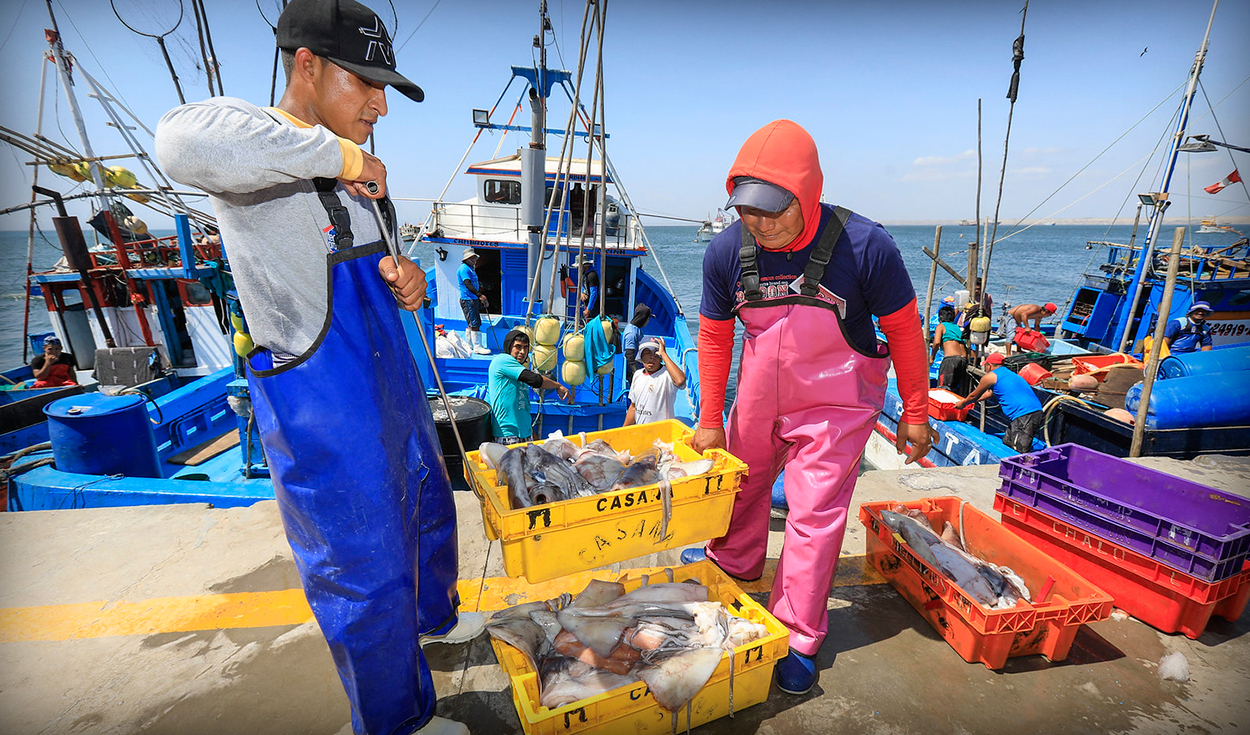
As of September 2023, Arequipa and Ica have consolidated themselves as the main exporting regions, after accumulating shipments of US$4,831 million (7.1%) and US$4,429 million (14.4%) respectivelyaccording to the Monthly Regional Trade Report of the Ministry of Foreign Trade and Tourism (Mincetur).
“At Mincetur, we are working to promote the strengthening of national exports, a sector that generates more than a million direct and indirect jobs and that is key to the economic development of the country,” said the minister. Juan Carlos Mathews. Previously, he recalled that the Unidos plan considers agro-exports and mining as the key sectors of economic recovery.
What did Arequipa and Ica send to the world?
According to the report, Arequipa explains its strong growth in the sale of minerals. Between the months of January and September, The region considerably increased its exports of zinc (71%), molybdenum (+51%), gold (21%) and silver and lead concentrates (48%).
Ica, on the other hand, took advantage of its diverse range of export goods, including mineral and agricultural products, to position itself as the second main exporting region. Thus, during the first nine months of the year, it increased its shipments of copper (81%), blueberries (71%), long steel (44%), zinc (30%) and grapes (9%).
Along the same lines, the report indicates that, in the month of September alone, a total of 12 regions in the interior of the country—which includes Arequipa and Ica—increased their shipments. Due to this, in September, The value of regional exports reached US$4,741 million (+4.7%) and registered a cumulative total of US$39,181 million so far this year.
Mining continues to increase in the south and center
In the south of the country, exports in the first nine months of the year were favored by the increase in mining production. So, Moquegua added sales abroad for US$3,079 million (161.2%) thanks to higher exports of copper (221%), molybdenum (56%) and gold (91%). Here the contribution of the Quellaveco Mine stands out, which began operations in the second half of last year.
Apurimac, for its part, totaled exports of US$2,691 million (58.6%) based on the export of copper (58%) and molybdenum (90%); and Tacna achieved US$1,406 million (1.2%) for shipments of olive oil (192%) and flying fish eggs (9%). Arequipa complements the list in the south.
In the center and south, Pasco (126%) and Junín (46%) stood out. In the first (US$913 million) sales of silver and lead concentrate increased (265%), copper (127%).
Junín, on the other hand, recorded increases in its shipments of zinc (135%), copper (50%), ginger (90%) and cocoa beans (75%). Additionally, exports from Ayacucho also increased (17%), due to shipments of silver, lead and quinoa concentrates. Ica is also on the payroll.
Fuel and squid escalate in the north
Two regions in northern Peru increased their shipments, Piura (23.5%) and La Libertad (2.6%). The first generated US$2,554 million due to higher sales of fuel oil (848%), squid (96%), fish meal (63%) and natural calcium phosphates (40%). Squid sales have recorded exceptional results so far this year.
The second increased its exports due to shipments of anthracite (59%), silver and lead concentrate (+11.3%), sugar (90%) and fish meal (50%).
Gold shines in the jungle
In eastern Peru, Madre de Dios reached US$141 million (15%) due to higher gold sales (37%)and San Martín added US$185 million (1%) due to an increase in shipments of cocoa beans (69%) and canned hearts of palm (9%).
Source: Larepublica
Alia is a professional author and journalist, working at 247 news agency. She writes on various topics from economy news to general interest pieces, providing readers with relevant and informative content. With years of experience, she brings a unique perspective and in-depth analysis to her work.












